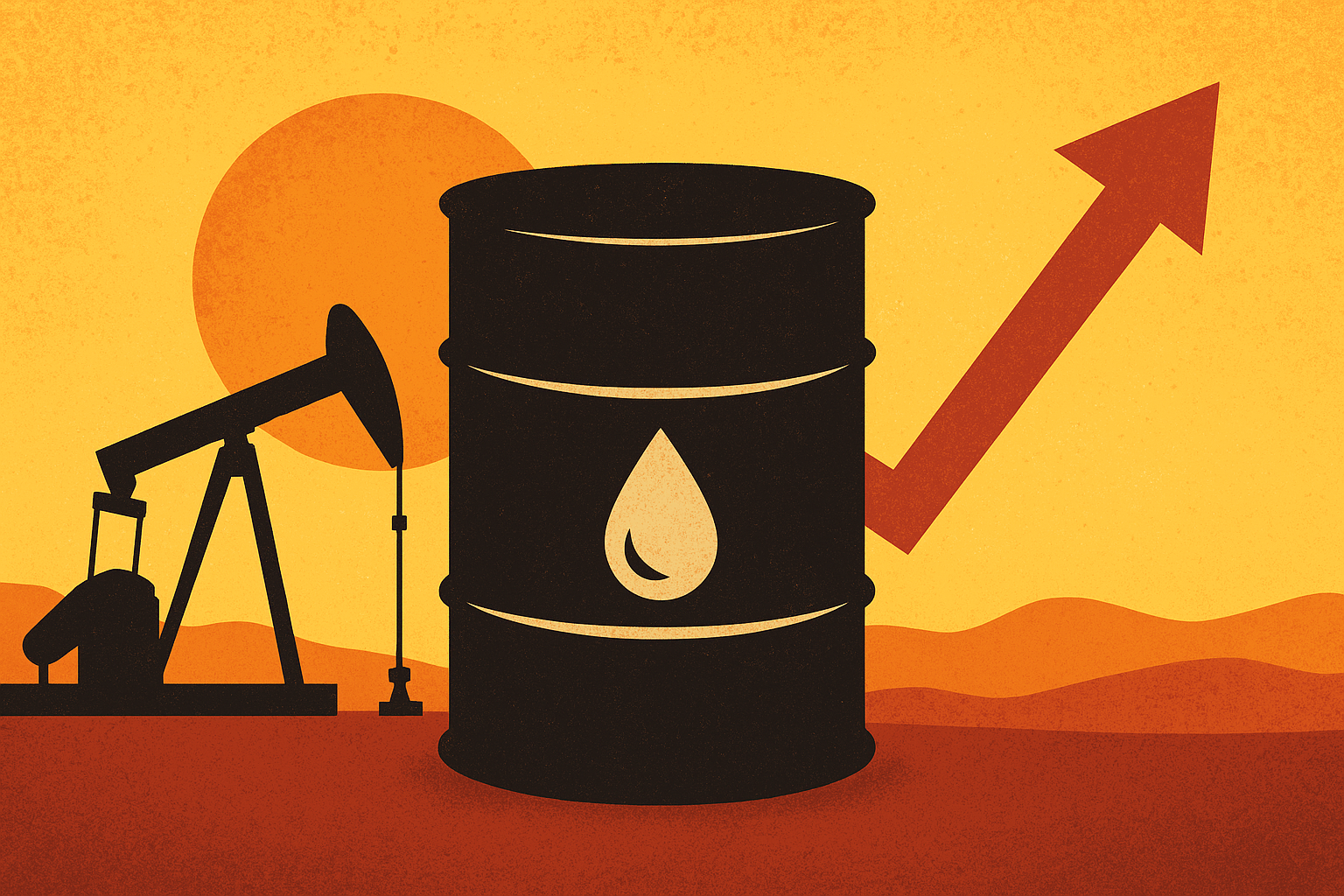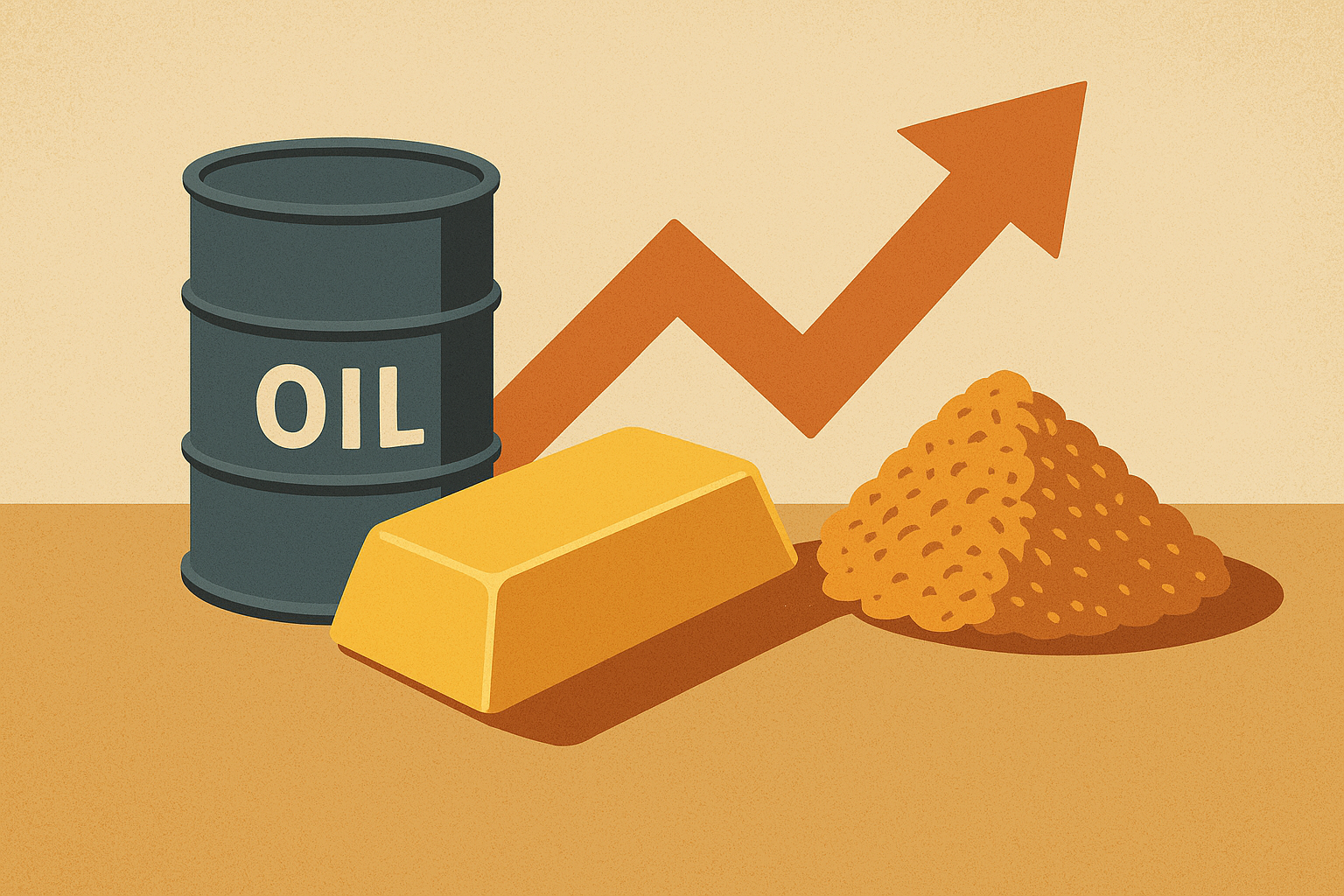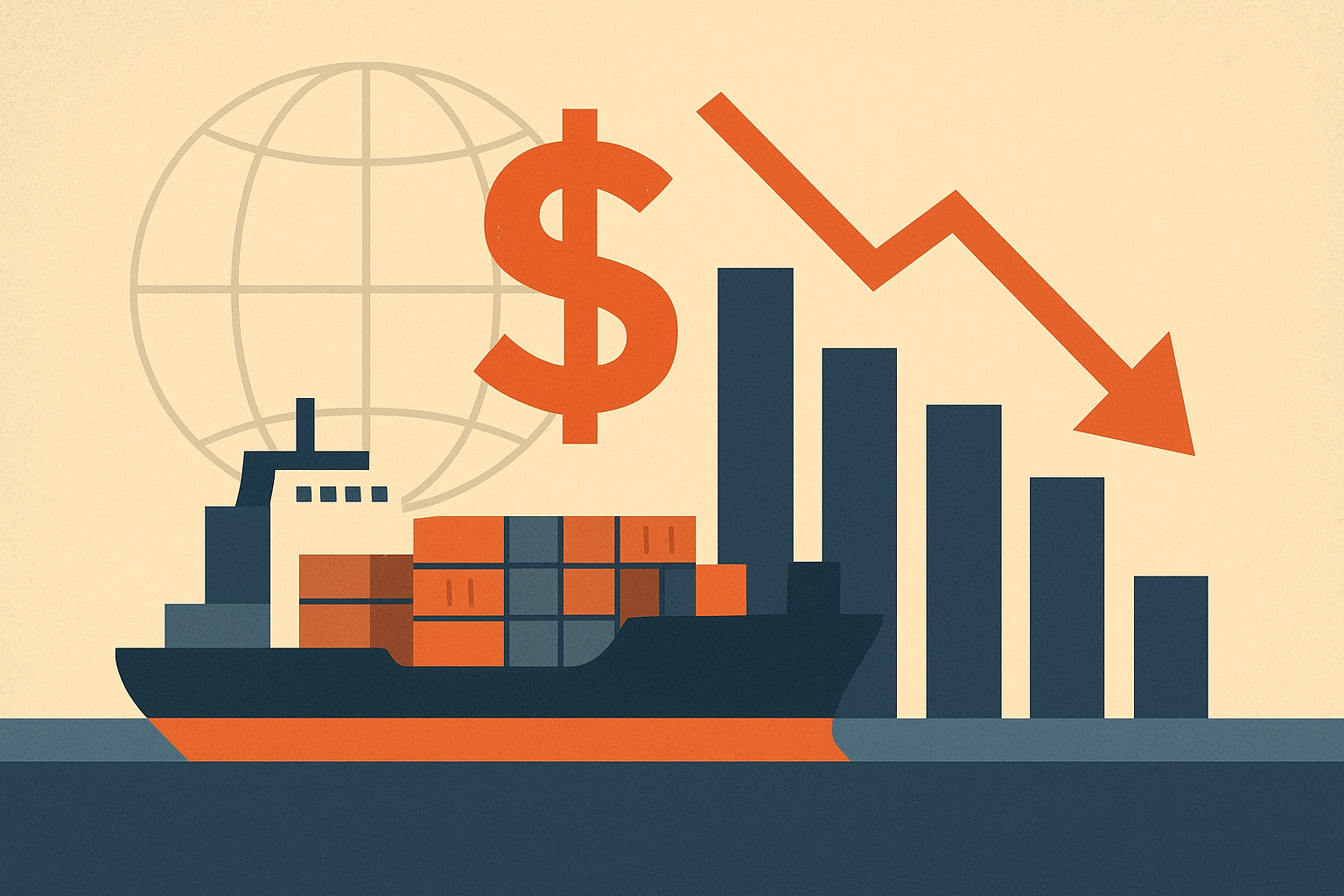Global energy markets are once again in the spotlight as crude oil prices surge toward their largest weekly gain in three months. Brent futures are hovering near their strongest levels since June, propelled by escalating geopolitical tensions and supply disruptions that have investors reassessing risk and opportunity across the energy sector.
Russia’s decision to scale back diesel and gasoline exports, combined with drone attacks on oil infrastructure, has reignited supply concerns at a time when markets were already vulnerable. According to Reuters, these developments have tightened global fuel markets, sending crude sharply higher and reviving fears of sustained price volatility.
Why This Matters for Investors
Oil remains one of the most significant drivers of global inflation and equity performance. Rising energy costs ripple through nearly every sector, from transportation to manufacturing. For investors, the latest surge in Brent and WTI underscores both the risks and opportunities in commodity-linked assets.
Energy equities are already responding. Integrated oil majors such as ExxonMobil ($XOM) and Chevron ($CVX) have seen renewed buying interest, while energy ETFs like the Energy Select Sector SPDR Fund ($XLE) are gaining traction as portfolio hedges. Analysts warn, however, that geopolitical risk may also weigh heavily on downstream refiners and fuel-intensive industries such as airlines, where higher costs threaten profit margins.
Supply Disruptions and OPEC Dynamics
The Russian export curtailments come at a delicate time for OPEC and its allies. With the group already managing production levels to balance global supply, additional cuts from one of its key members could shift the balance of power in energy markets. Traders are closely watching for signals from Saudi Arabia and other OPEC leaders on whether they will adjust output targets to stabilize prices.
Meanwhile, drone attacks targeting Russian energy infrastructure highlight the fragility of global supply chains. Any escalation in hostilities could push oil prices further into bullish territory, especially if critical export terminals or pipelines are compromised.
Future Trends to Watch
1. Central Bank Policy: Higher oil prices complicate efforts by the Federal Reserve and other central banks to tame inflation. If Brent sustains above key resistance levels, policymakers may be forced to adopt a more cautious stance on rate cuts—potentially weighing on broader equity markets.
2. Energy Security Initiatives: The crisis has underscored the strategic vulnerability of overreliance on unstable supply chains. Expect renewed policy focus on alternative energy development, domestic production incentives, and strategic petroleum reserve management.
3. Investor Flows into Commodities: Commodity-focused funds are seeing stronger inflows as institutions hedge against inflation and geopolitical shocks. Gold and silver, traditionally safe havens, are also benefiting from the same investor sentiment driving oil higher.
Key Investment Insight
For investors, the immediate opportunity lies in energy-linked equities, midstream pipeline operators, and commodity ETFs positioned to benefit from rising crude prices. However, risks are equally present: sanctions uncertainty, OPEC policy shifts, and global economic headwinds could temper gains. Balanced exposure—via a mix of large-cap energy names, diversified commodity funds, and inflation hedges—may offer the most resilient strategy.
Oil’s rally is more than just a short-term headline; it is a reminder of how geopolitical risk and supply dynamics can swiftly reshape market narratives. Investors who stay ahead of these shifts by monitoring credible sources like Reuters and Bloomberg are best positioned to capture upside while mitigating downside.
Stay tuned with explorationstocks.com for daily investor insights and analysis on the trends shaping commodities and critical markets worldwide.






